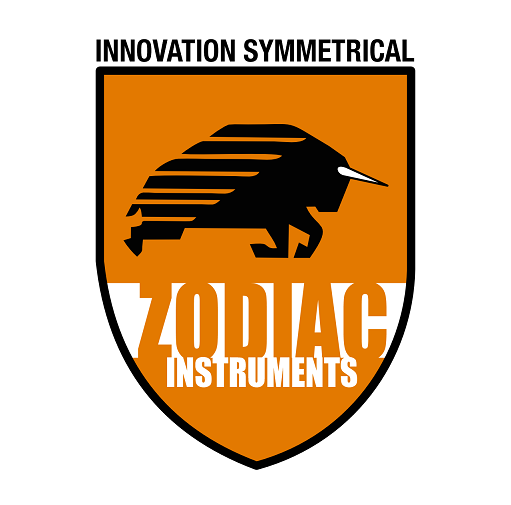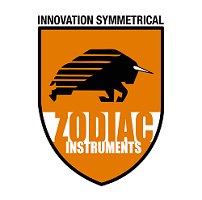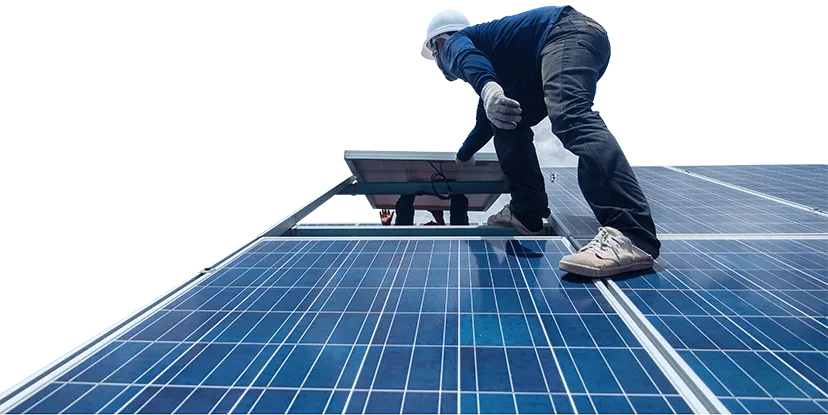Solar Power System
A solar power system is a system that generates electricity by harnessing the energy from the sun using solar panels (photovoltaic or PV panels). Solar power systems convert sunlight into electrical energy through a process called the photovoltaic effect. This system is commonly used in residential, commercial, and industrial applications to provide clean, renewable energy. Here’s a breakdown of the components and how it works.
Key Components of a Solar Power System:
- Solar Panels (Photovoltaic Panels):
Solar panels are the primary component of the system and consist of many solar cells made from semiconductor materials (usually silicon). These cells capture sunlight and convert it into direct current (DC) electricity.
The number of solar panels required depends on the energy needs of the user, available space, and the amount of sunlight in the location
- Inverter:
The inverter is an essential component that converts the DC electricity generated by the solar panels into alternating current (AC) electricity, which is the type of electricity used by most household appliances and the electrical grid.
There are different types of inverters, such as string inverters, microinverters, and power optimizers, each with specific use cases and benefits.
- Mounting System:
The mounting system holds the solar panels in place on a roof, the ground, or a specialized structure. The panels are angled in a way that optimizes their exposure to sunlight.
Depending on the installation, the mounting system can be fixed or adjustable to follow the sun’s movement for better efficiency.
- Battery Storage (Optional):
While not required, many solar power systems include a battery storage system to store excess electricity produced during the day for use at night or during cloudy periods. This is particularly useful for off-grid systems or for those who want to maximize their energy independence.
Common battery types for solar power systems include lithium-ion batteries and lead-acid batteries.
- Charge Controller (for Off-Grid Systems):
In off-grid systems, a charge controller is used to regulate the power going into the battery storage, ensuring that it doesn’t overcharge or discharge the batteries too much.
- Electrical Panel
The electrical panel is where the electricity from the solar power system is distributed to the building’s electrical circuits. It may also allow the system to send excess electricity to the grid through net metering, or store it in a battery.
How a Solar Power System Works
- Solar Panels Absorb Sunlight: The solar panels are exposed to sunlight, and the photovoltaic cells inside the panels convert the sunlight into direct current (DC) electricity.
- Inverter Converts DC to AC: The DC electricity produced by the solar panels flows to the inverter, where it is converted into alternating current (AC) electricity, which is the standard form of electricity used in homes and businesses.
- Power Distribution: The AC electricity is then sent to the building’s electrical panel, where it powers electrical appliances, lights, and other devices. If the system is connected to the electrical grid, any excess electricity generated during the day can be sent back to the grid.
- Battery Storage (Optional): If the system includes a battery storage system, excess electricity can be stored in the batteries for later use, such as during the night when there is no sunlight or during periods of high energy demand.
- Grid Connection: In grid-tied systems, excess electricity not used by the building can be sent back to the grid. This is often compensated through net metering, where the utility company credits the homeowner for the power supplied to the grid.
Types of Solar Power Systems:
- Grid-Tied Solar Systems:
These systems are connected to the local electrical grid and supply electricity to the building while also sending excess energy to the grid.
They don’t require battery storage, as they can rely on the grid when solar generation isn’t sufficient
- Off-Grid Solar Systems:
These systems are not connected to the grid and rely solely on the solar panels and battery storage for power. They are ideal for remote locations or areas where grid access is limited.
- Hybrid Solar Systems:
These systems combine both grid connection and battery storage. They allow for solar energy generation, use, and storage, while also being able to draw energy from the grid when necessary.
Benefits of Solar Power Systems:
Renewable Energy: Solar power is a clean and renewable energy source, reducing reliance on fossil fuels and decreasing carbon emissions.
Energy Independence: By generating your own electricity, you can reduce dependence on the grid and have more control over your energy use.
Cost Savings: Over time, solar power can significantly reduce energy bills by providing free energy after the initial installation cost.
Low Maintenance: Solar power systems require minimal maintenance and have a long lifespan (typically 25-30 years for panels).
Environmental Impact: Solar power reduces the environmental footprint by lowering greenhouse gas emissions and other pollutants associated with traditional energy sources.
Incentives and Tax Credits: Many governments offer financial incentives, tax rebates, or credits to make the installation of solar power systems more affordable.king on behalf of our clients every day, we anticipate what they want, ineed and build lasting relationships.



